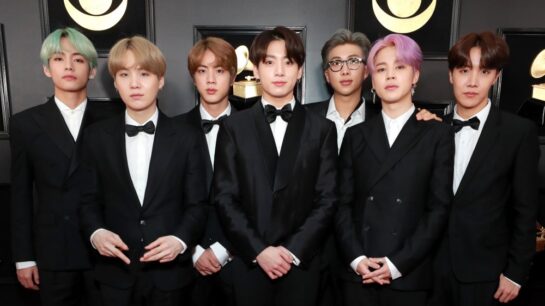Korean Pop, or K-Pop, has transcended borders to become a global cultural phenomenon, captivating millions of fans worldwide with its infectious music, dynamic performances, and trendsetting fashion. From its humble beginnings in South Korea to its meteoric rise on the international stage, the journey of K-Pop is a testament to the power of music to unite people across cultures and continents.

The Birth of K-Pop
The roots of K-Pop can be traced back to the early 1990s when the South Korean music industry began to experiment with Western-style pop music. Seo Taiji and Boys, a pioneering group led by Seo Taiji, is often credited with revolutionizing the Korean music scene with their fusion of rap, rock, and dance elements.
Their debut in 1992 with the song “Nan Arayo (I Know)” marked the beginning of a new era in Korean music, paving the way for the emergence of K-Pop as we know it today. Following in their footsteps, groups like H.O.T. and Sechs Kies further popularized the genre, laying the groundwork for the K-Pop wave to come.
The Rise of the Hallyu Wave
The turn of the 21st century saw the rise of the Hallyu Wave, a cultural phenomenon that swept across Asia and later the world, with K-Pop at its forefront. Groups like TVXQ, Super Junior, and Girls’ Generation gained immense popularity across the region, fueling interest in Korean music, fashion, and entertainment.
The release of Psy’s “Gangnam Style” in 2012 marked a watershed moment for K-Pop, propelling it to global fame and becoming the first YouTube video to reach one billion views. “Gangnam Style” not only showcased the infectious beats and catchy choreography of K-Pop but also introduced audiences worldwide to Korean culture and humor.
Global Domination
In recent years, K-Pop has achieved unprecedented success on the global stage, with groups like BTS, BLACKPINK, and TWICE leading the charge. BTS, in particular, has emerged as a global phenomenon, breaking numerous records, including topping the Billboard Hot 100 chart multiple times and selling out stadiums around the world.

One of the key factors driving the success of K-Pop internationally is its emphasis on high-quality music, visually stunning music videos, and meticulously choreographed performances. K-Pop idols undergo rigorous training for years before debuting, honing their singing, dancing, and stage presence to perfection.
Cultural Impact and Influence
Beyond its musical prowess, K-Pop has had a significant cultural impact, influencing fashion, beauty trends, and youth culture around the world. K-Pop idols are celebrated not only for their talent but also for their fashion sense, with fans eagerly emulating their style and makeup looks.
Moreover, K-Pop has fostered a strong sense of community among fans, who often come together to support their favorite groups through fan clubs, fan art, and social media campaigns. The global reach of K-Pop has also led to increased interest in learning Korean language and culture, further bridging the gap between East and West.
The Future of K-Pop
As K-Pop continues to evolve and expand its reach, the future looks brighter than ever for this global phenomenon. With new groups debuting regularly and established acts pushing creative boundaries, K-Pop shows no signs of slowing down.
As fans eagerly await the next chart-topping hit or electrifying performance, one thing is clear – the influence of K-Pop on global culture is here to stay, inspiring and uniting fans around the world with its infectious energy and boundless creativity.

